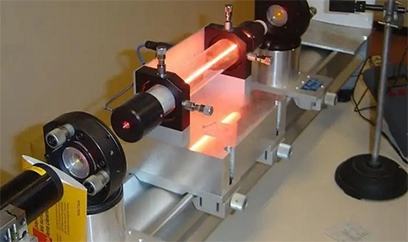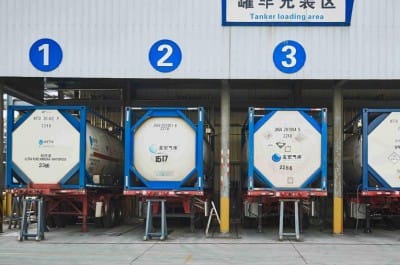Summary of Common Semiconductor Manufacturing Processes
Semiconductor manufacturing refers to the process of fabricating complete chips on wafers through a series of complex steps, where each chip can perform specific functions. The processes involved vary depending on the type of chip product. This article briefly lists some of the semiconductor processes that may be involved in semiconductor manufacturing. I. What is the Boundary Between Semiconductor Manufacturing and Packaging? The goals of semiconductor manufacturing and packaging are different. Semiconductor manufacturing (Front-End) aims to produce bare wafers with complex circuit patterns, which must be processed in a highly controlled cleanroom environment to prevent dust from affecting the intricate circuit structures. In contrast, packaging (Back-End of Line) aims to





